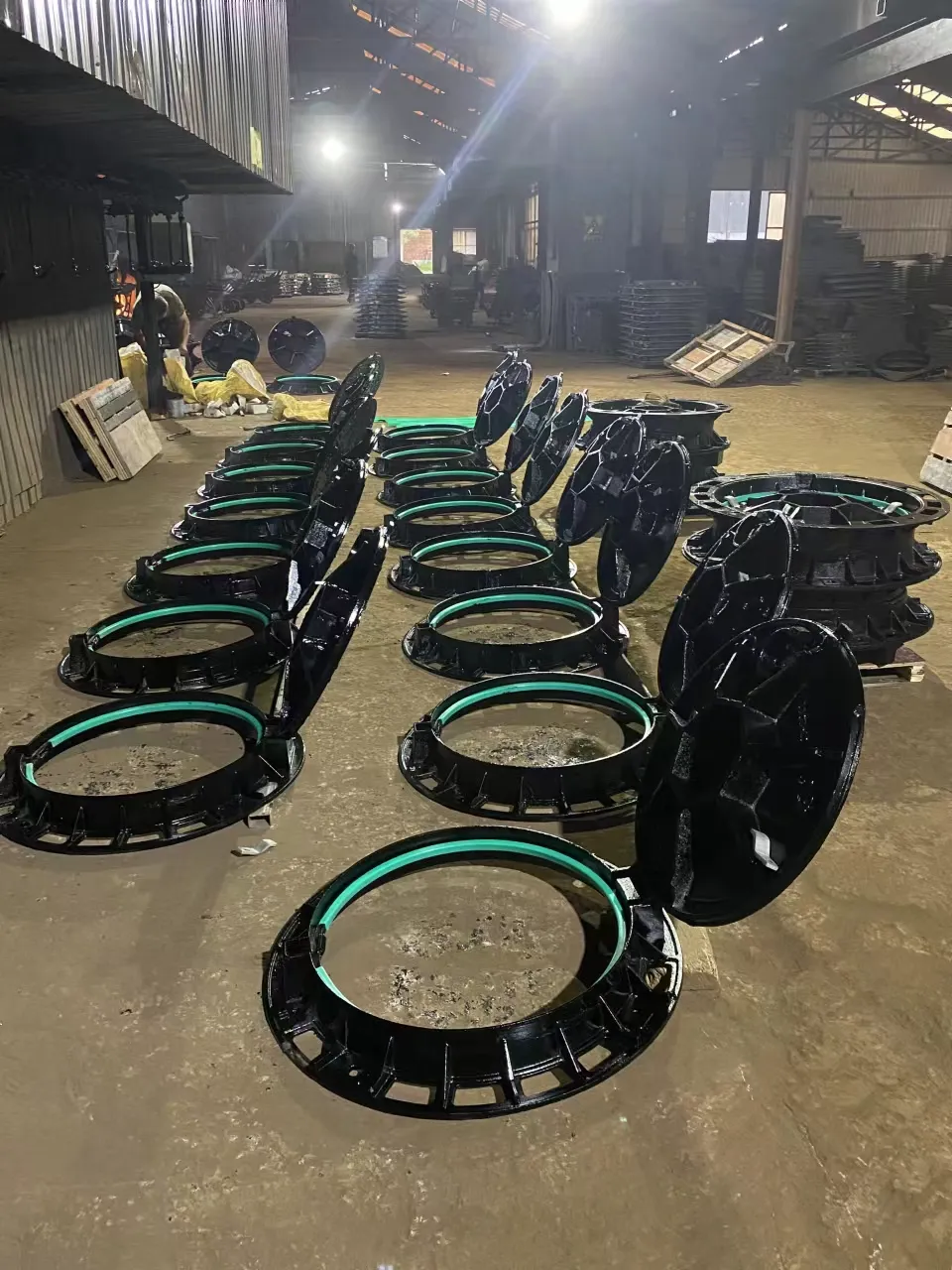Choosing the Right Wheel for Your Gate Valve Applications
Understanding the Gate Valve Wheel A Key Component in Fluid Control
Gate valves are widely used in various industrial and municipal applications for controlling the flow of liquids and gases. At the heart of the operation of these valves lies a crucial component known as the gate valve wheel. This article delves into the function and significance of the gate valve wheel, exploring its design, operation, and maintenance.
What is a Gate Valve?
A gate valve is a type of valve that opens by lifting a rectangular or circular gate out of the path of the fluid. It is primarily used for on/off control—meaning it either allows fluid to pass through or blocks it entirely. Unlike other valve types, such as globe valves, gate valves are ideal for applications requiring a minimal pressure drop when fully opened, making them an optimal choice for many systems.
The Role of the Gate Valve Wheel
The gate valve wheel, sometimes referred to as the handwheel, serves as the manual control mechanism for the valve. It is connected to the valve stem, which is attached to the gate inside the valve body. When the gate valve wheel is turned, it rotates the stem, allowing the gate to move up or down, consequently opening or closing the valve.
Design and Materials
Gate valve wheels are designed for durability and efficiency. They are typically constructed from materials such as cast iron, stainless steel, or bronze, depending on the application and the type of fluids being controlled. The design may vary across different gate valves, with some wheels featuring a simple disk shape, while others may include intricate patterns for better grip and user-friendliness.
The size of the wheel is also an essential factor; larger wheels often provide greater leverage, making it easier to operate the valve, especially in larger systems where higher torque is required.
Mechanism of Operation
gate valve wheel

Operating a gate valve wheel is relatively straightforward. When you turn the wheel clockwise, the stem moves downward, forcing the gate to close and halt the flow of fluid. Conversely, turning the wheel counterclockwise raises the gate, allowing fluids to flow freely. The straightforward mechanism enables operators to quickly and efficiently manage fluid flow in various systems, from water supply networks to industrial piping.
However, it's essential to note that gate valves are not designed for throttling purposes; that is, they should not be partially opened for flow control. Operating them in this way can lead to erosion of the gate, ultimately resulting in leaks and reduced performance.
Maintenance Considerations
Like any mechanical component, gate valve wheels require regular maintenance to ensure optimal functionality. Below are a few maintenance tips
1. Regular Inspection Periodically check the wheel and surrounding components for any signs of wear or corrosion. This is particularly crucial in harsh environments. 2. Lubrication Ensure that the valve stem is properly lubricated. Proper lubrication minimizes friction, making the operation smoother and extending the lifespan of the valve.
3. Tightening Occasionally, the connections between the wheel and the stem may loosen over time. Tightening these components can prevent operational issues.
4. Testing Regularly test the valve's functionality by opening and closing it fully to ensure it operates without obstruction. Any resistance during this operation may signal a need for maintenance or replacement.
Conclusion
The gate valve wheel is an integral part of the gate valve mechanism that facilitates the straightforward operation of fluid control systems. Its design, material, and operational simplicity make it an effective tool for managing the flow of liquids and gases through pipelines. By understanding the gate valve wheel's functionality and importance, operators can enhance their maintenance practices, ensuring long-term reliability and efficiency in fluid control applications. This critical component not only serves a practical purpose but also reflects the broader engineering principles that underpin modern infrastructure.
-
The Essential Component for Safe Urban InfrastructureNewsMay.14,2025
-
The Backbone of Urban InfrastructureNewsMay.14,2025
-
Practical and Stylish Solutions for Your Drainage NeedsNewsMay.14,2025
-
Lamphole Frame and Cover: Essential for Urban InfrastructureNewsMay.14,2025
-
A Seamless and Aesthetic SolutionNewsMay.14,2025
-
A Must-Have for Safety and DurabilityNewsMay.14,2025
-
Pipe Repair Clamps: Your Ultimate Solution for Efficient RepairsNewsMay.09,2025
